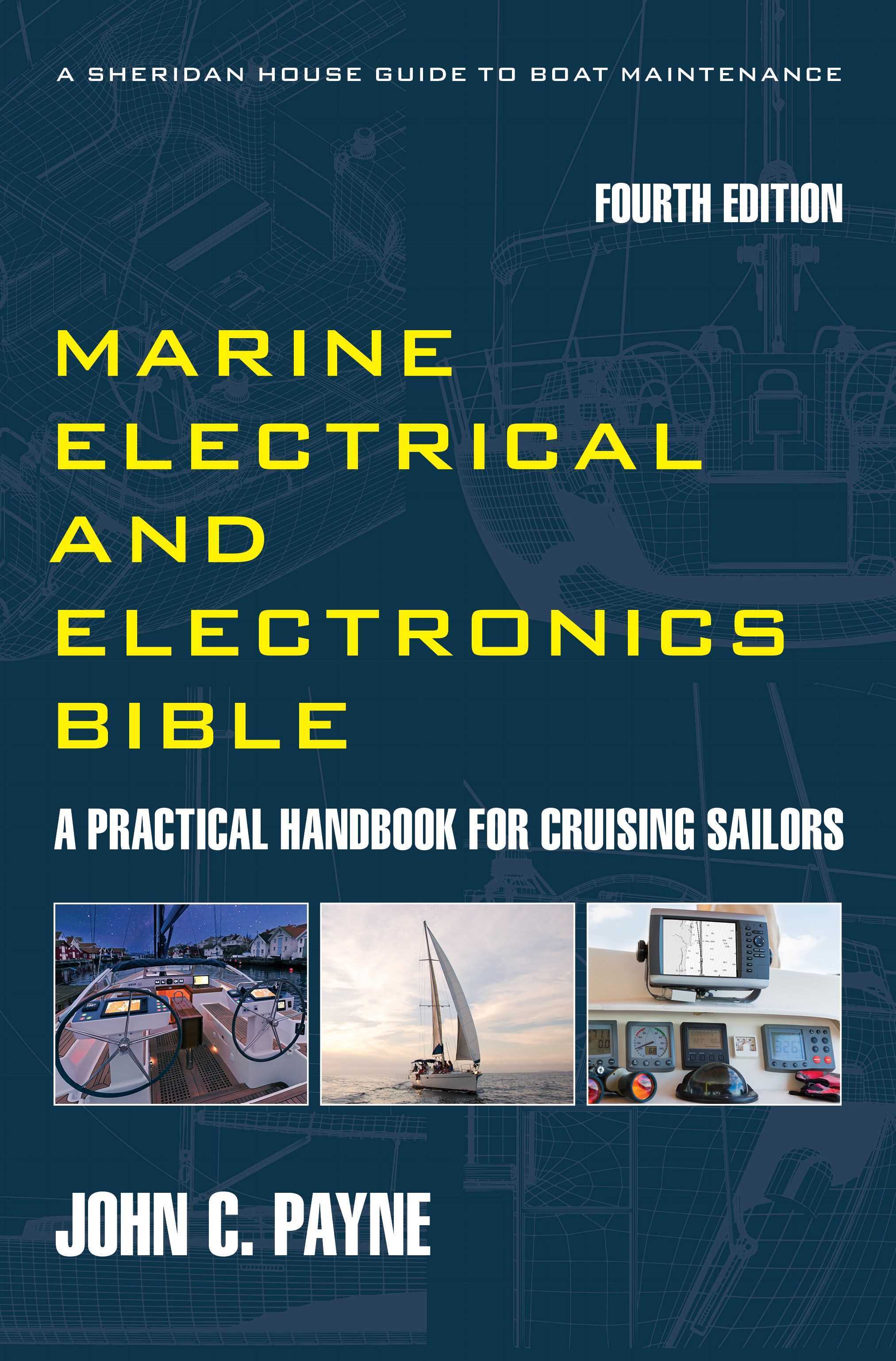Space Weather Solar Flare
Space weather solar flare activity can affect VHF. During very strong solar cycles, VHF signals can be reflected back by the ionosphere. This occurred during cycle 19 in 1957/58, cycle 21 in 1980 and cycle 22 in 1990. During these peaks, the monthly sunspot average rose to extremely high values and the ionosphere reflected higher frequencies than normal. Signals in the VHF range 30-300MHz penetrate the ionosphere rather than reflect. These frequencies are as we know line of sight communications. There are circumstances in which VHF can reflect back giving “freak” long distance communications.
At peaks in a large cycle, VHF transmission in the lower part of the band is most likely for low latitude circuits around local noon during equinox periods of March and September. VHF can also be reflected from clouds of increased ionization in the E layer of the Ionosphere. Reflection of VHF signal can also occur during auroras, which are the spectacular light curtains caused by charged particles from the sun. This is associated with increased ionization in the E layer and this is what reflects signals. Ionized trails left by meteors burning up during entry to earth atmosphere are also a way for reflecting VHF signal. As arrival of meteor showers is also normally a periodic occurrence predictions for these periods is also often possible and doesn't generally affect us too much.
Space Weather Solar Flare - GPS
The ionosphere is well known for the effects it has an HF and Ham radio however a lot less is known on the GPS effects. It is an important source of range and range rate errors for users of GPS satellites where high accuracy is required. Ionosphere range error can vary from a few meters to tens of meters, with troposphere range error at a peak up to 2-3 meters. The ionosphere has a dispersive effect. It can alter rapidly in value, changing significantly over one day. In practice the troposphere range error does not alter more the + or – 10% over long periods. GPS signals pass through the ionosphere but suffer propagation delays. Ranging errors of tens of meters can occur in extreme ionosphere conditions, and typically it is 5-10 meters. These generally equatorial events are often associated with plasma bubbles that characterize the unstable state of the equatorial ionosphere at night. Find out about how this affects your systems in my book The Marine Electrical and Electronics Bible 4th Edition.
Space Weather Solar Flare - GPS
Ionosphere plasma bubbles are a natural phenomena consisting of large regions within the atmosphere where there are large depletions of the ionosphere plasma. They were first detected in Brasil in 1976 and continue to be a major problem within their offshore oil industry, and are subject to much research. Plasma bubbles are known to interfere with satellite communications in the frequency ranges from VHF to 6GHz, and are known to interfere with GPS causing position errors. The plasma bubbles are closely aligned with the earth's geomagnetic field lines along which they may extend 1000’s of kilometers and across geomagnetic field lines, they measure 100-400km. They occur after sunset and exist at nights only, and activity generally is more active during periods of maximum solar activity so 2000/2001 is scheduled to be very active and then slowly decreasing.
Space Weather Solar Flare - GPS
Irregularities in the ionosphere produce diffraction and refraction effects, causing short-term signal fading, which can severely stress the tracking capabilities of the GPS receiver. Signal enhancements also occur, but the GPS user cannot get any benefit from brief periods of strong signal. Fading can be so severe that the signal level will drop completely below the receiver lock threshold and must be continually re-acquired. The effects are called ionospheric scintillations, and the region can cover up to 50% of the earth in varying degrees. Strong scintillation effects in near equatorial regions are observed generally 1 hour after local sunset to local midnight. If precise measurement using GPS can possibly be avoided during 1900-2400 hours local during periods of high solar activity and during months of normal high scintillation activity the chances of being significantly affected are small.
Space Weather Solar Flare - GPS
There
are also seasonal and solar cycle effects that also reduce chances of
encountering scintillation in near equatorial regions. In the period April to August, the chances
are small of significant scintillation in the American African and Indian Ocean
regions. In the Pacific region
scintillation effects maximize during these months. September to March the
situation reverses. The regions where
the strongest scintillation effects are observed are Kwajalein Island in the
Pacific and Ascension Island in the South Atlantic. The occurrence of strong amplitude
scintillation is also closely correlated with the sunspot number; in years with
near minimum solar activity, there are little if any strong scintillation
effects on GPS. The
caution is where GPS is used for autopilot waypoint steering in these regions,
skippers should be alert for course changes, or the GPS beeping as you lose
lock, or simple unexplainable and short-term periods of inaccuracy. Space weather and the associated solar flares and Coronal Mass Ejection events all contribute to communication issues, issues with satellite navigation systems, and also low earth orbit systems such as Starlink. Given internet access is easy these days do check up on current activity so you can be aware of pending disruptions. Space weather and solar flares affects everyone.
